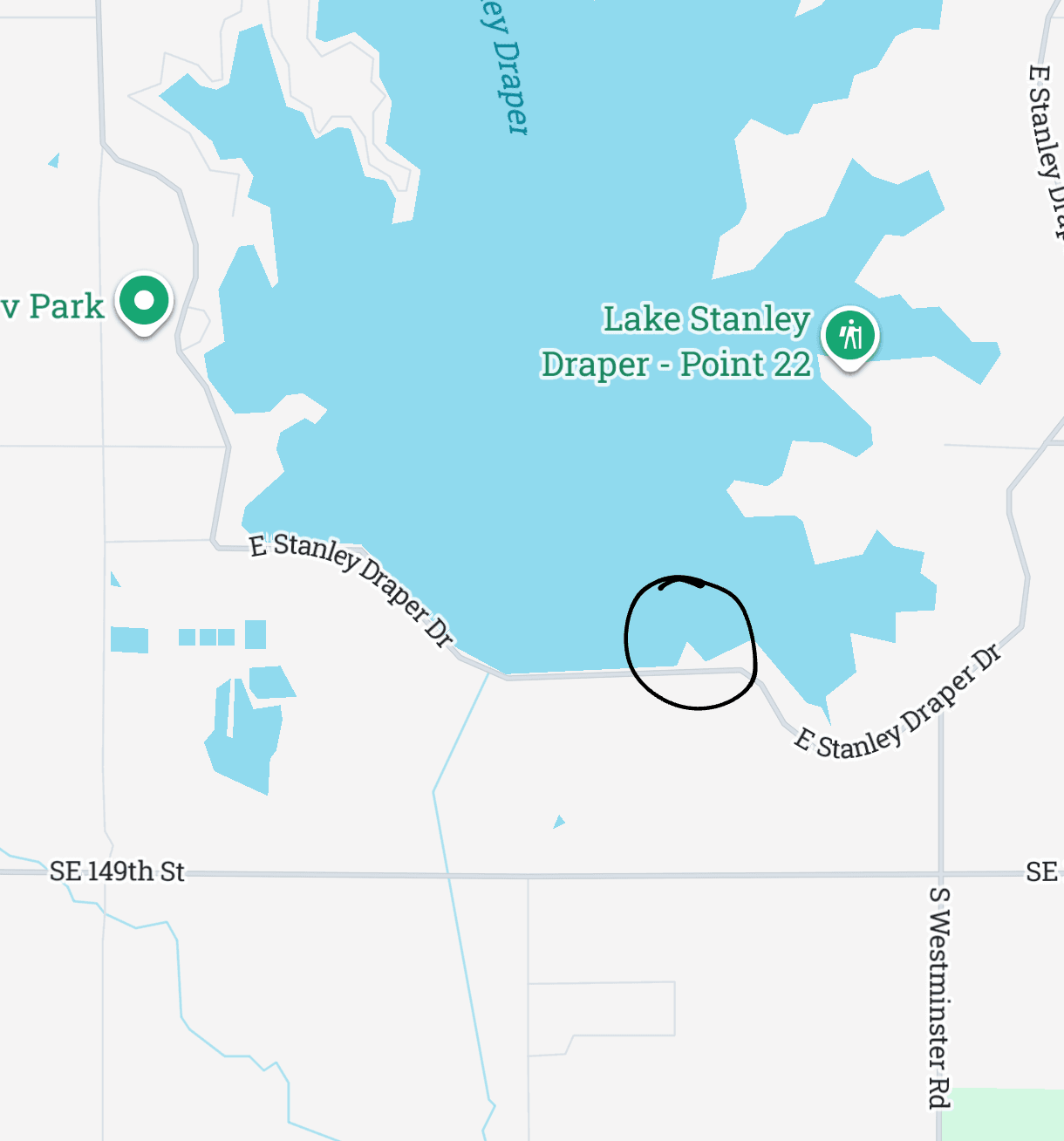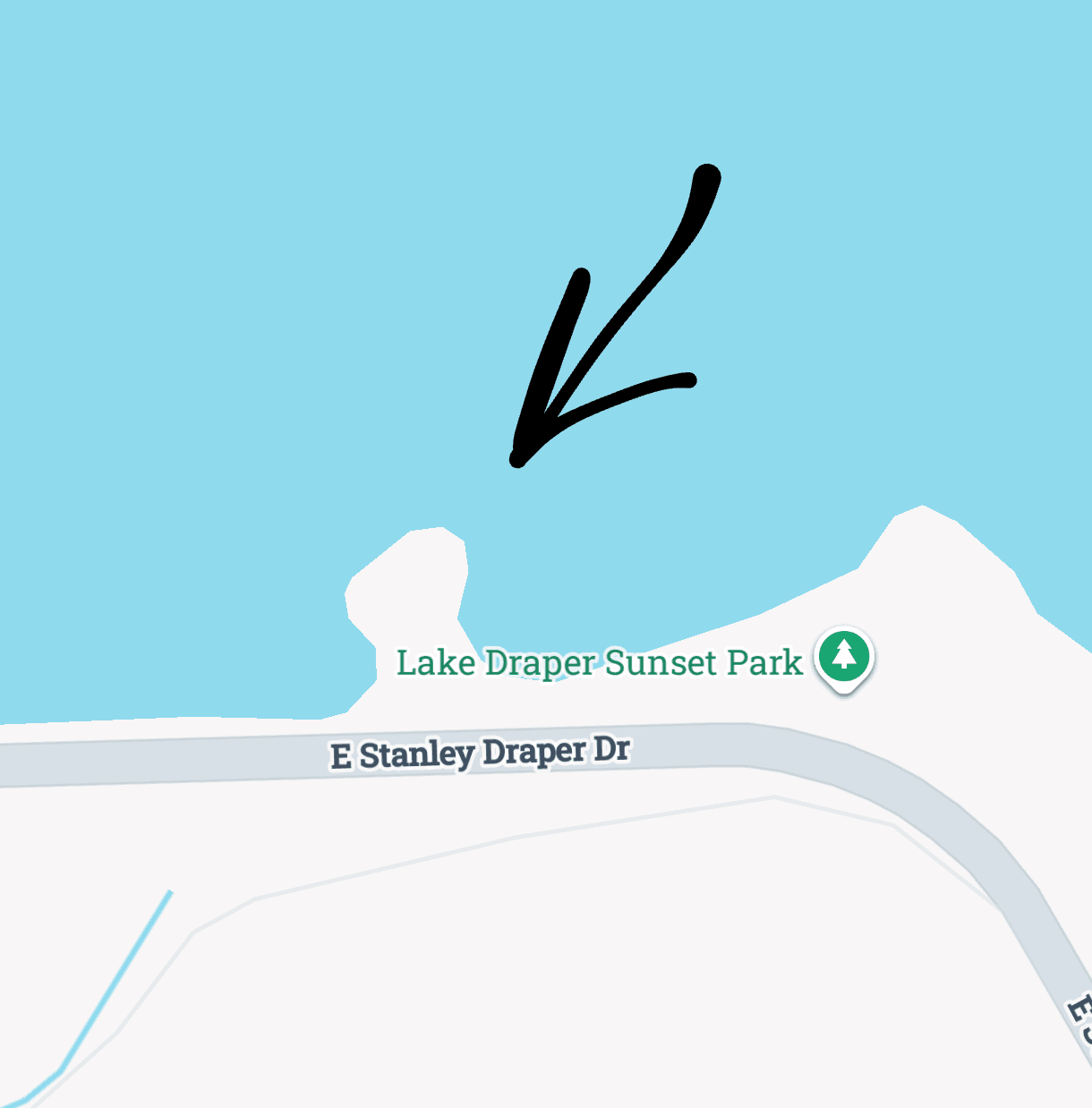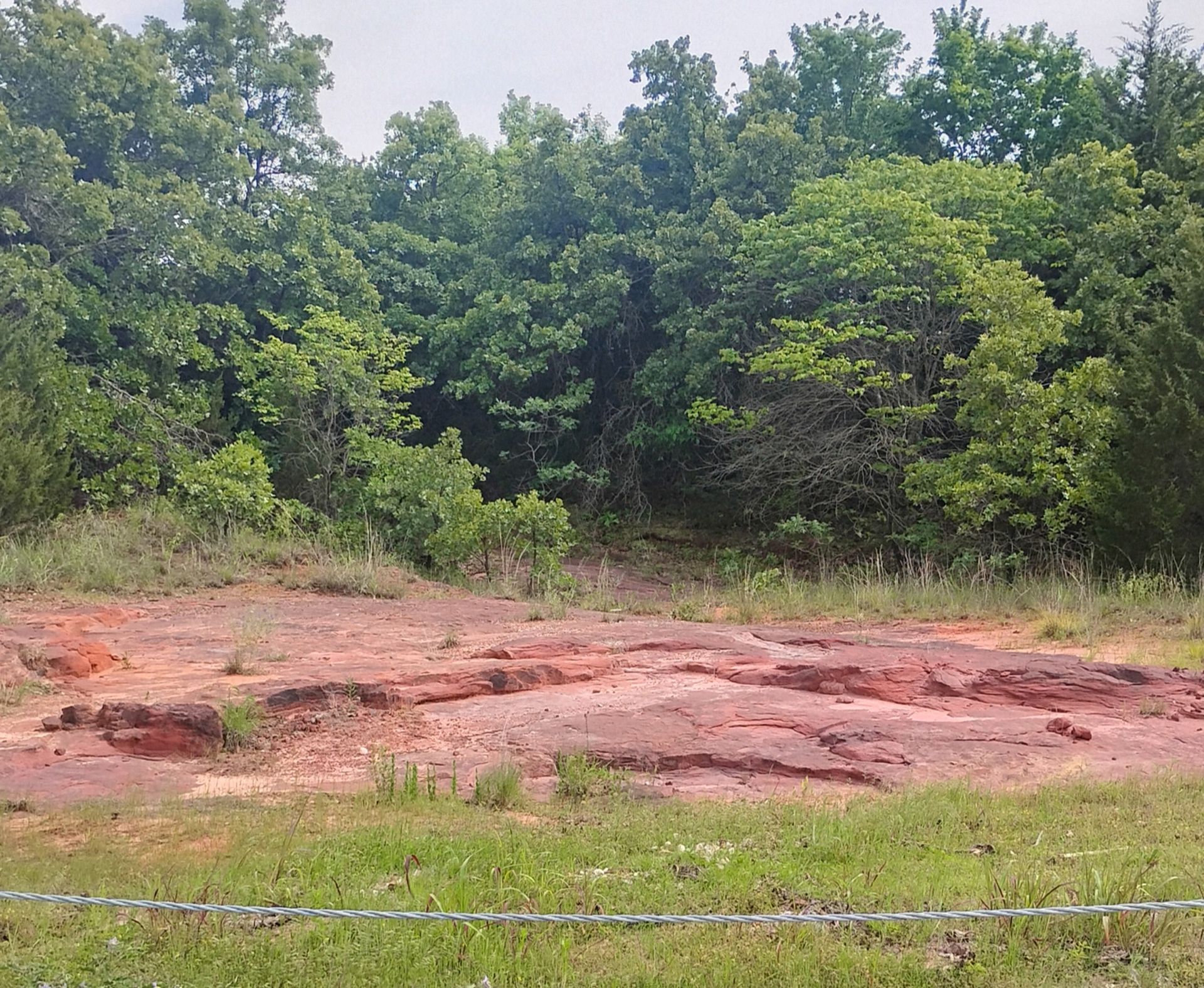Where to Find Rose Rocks in Oklahoma: A Field Guide for a Successful Hunt
If you’ve ever picked up a rock that made you pause and wonder how it came to be, you already understand the quiet thrill of discovery that drives every rockhound. In Oklahoma, one of the most extraordinary finds is the Rose Rock—a barite crystal formation that looks like a stone flower!
Many search, but few know where to look. With this guide, you’ll get practical hints, tips, and insights on where and how to find Rose Rocks in Oklahoma—so you can have a successful hunt!
A Local Gem: “Rose Rock Island” at Lake Stanley Draper
One of the most popular public places to search for Rose Rocks that’s still abundant with them (as of this writing) is a location affectionately called Rose Rock Island—officially known as Point 23 or Sunset Park at Lake Stanley Draper in Oklahoma county.


Stanley Draper Lake is a man-made reservoir, but it’s also one of the few public areas where visitors can still legally collect Rose Rocks. Officials have made an exception to the usual rule against collecting rocks in recreation areas, allowing visitors to take home a few of these Oklahoma treasures.
Pro Tip: Most of the Rose Rocks will be under the water if the lake levels are high due to recent rain. Visit during a dry spell for the best selection!
There’s a strict limit of six Rose Rocks per person, per day—a rule that helps protect the site for future visitors. Please be respectful of this rule!
Rose Rock Island may not be a “natural” deposit (the rocks were likely moved there with soil used to build the dam), but it still offers valuable lessons for collectors. Observing the site will help you recognize the patterns, colors, and textures that reveal Rose Rocks in other locations.
First, notice the texture and color of the sand. You’ll often find a dark, purplish-black material alongside—or even attached to—the Rose Rocks. Where you see that material, you’re likely close to more roses.
Become familiar with the many shapes barite roses can have—they don’t all look like a rose! In fact, most don’t! Understanding what Rose Rocks are and where they came from will definitely be useful when you're searching for them, so let's dig into that!
Understanding the Geology: The Garber Sandstone Connection
All of Oklahoma's barite roses were formed inside of the Garber Sandstone Formation, a reddish-brown layer of sedimentary rock dating back to the early Permian Period—about 250 million years ago.
This sandstone was once part of an ancient coastal plain where groundwater rich in barium and sulfate interacted with iron-rich sediments. Over time, barite crystals began to grow within the porous sandstone, forming the distinctive rosette shapes we know today—unique to central Oklahoma and found nowhere else in such abundance.
When you’re searching in the field, identifying the Garber Sandstone is your first key to success. Look for outcrops—rock formations visible on the surface—or water-eroded sandstone banks. These are nature’s way of releasing the Rose Rocks that have been trapped inside.

Quick Guide: Best Places to Find Rose Rocks in Oklahoma
Lake Stanley Draper (Point 23 / Rose Rock Island): Public access, legal collection (limit 6 per person).
Cleveland and Noble Counties: Search eroded hillsides and creek banks where Garber Sandstone is exposed.
After rainfall: Erosion often reveals newly exposed specimens.
Field Tips for Finding Rose Rocks
If you’re ready to start your own search, here are a few practical techniques that can make a big difference in what you find:
1. Look for Unusual Balls of Clay
Small, bumpy balls of clay can indicate that Rose Rocks are nearby. These clay balls are typically smaller than a marble, with the same reddish-brown hue as full specimens. Sometimes they’ll have tiny barite “petals” forming on the surface.
2. Search the Edges of Outcrops
Focus on the base of Garber Sandstone ridges or eroded slopes. As sandstone naturally breaks down, it releases the Rose Rocks once embedded inside. Don’t spend too much time in one area—if you find one, you’ll usually find more nearby!
3. Follow Drainage Patterns
After a rainfall, check shallow washes or slopes where water naturally flows. Erosion can concentrate Rose Rocks in these low-lying areas, making them easier to spot.
4. Time Your Search with the Sun
Early morning and late afternoon light help highlight the shadows and textures of Rose Rocks. The low angle of sunlight often makes them stand out from the surrounding sandstone and soil.
Going Beyond the Basics: Advanced Collector Insights
1.Look Where the Soil Is Lightly Disturbed
Rose Rocks often rest just beneath a thin layer of sandy soil. Areas where rain runoff, small animal burrows, or hoofprints have shifted the top layer can reveal fragments peeking through. After a light rain, these subtle disturbances are often where your first discovery begins.
2. Notice Iron-Rich “Halo” Soil
Barite roses often weather out of iron-stained pockets in the sandstone. If you notice darker, rusty-red soil compared to the surrounding area, it may indicate the right chemical environment for barite formation. These zones are worth a closer look.
3. Examine Partially Embedded Specimens
Roses still attached to slabs of sandstone—or only half exposed—are important examples. Photograph these rather than attempting to remove them! They tell the scientific story of how the crystals grew within their host rock and help preserve valuable educational data for future study.
(And please share the pictures of your cool finds with me!)
4. Search Transitional Layers
Look for spots where sandstone changes texture—from coarse to fine—or where the color subtly shifts. These transition zones often mark areas where groundwater once moved differently, creating ideal conditions for barite precipitation.
5. Map Your Discoveries
Keep track of where you find each specimen using GPS or field notes. Over time, you’ll notice patterns—specific elevations, soil hues, or rock textures that consistently produce results. Mapping your finds is a powerful tool for understanding Rose Rock distribution and supports future conservation research.
6. Time Your Hunts After Storms
Because barite is much denser than sandstone, it resists erosion and stays behind when lighter material washes away. Visiting a site a day or two after a good rainfall can reveal newly exposed specimens that nature has uncovered for you.
7. Explore the “Unlikely” Spots
Don’t limit yourself to obvious outcrops. Check gentle slopes, shallow gullies, and quiet lowlands downslope from known Garber Sandstone exposures. Over centuries, gravity and erosion can move Rose Rocks short distances from their original formation sites, leaving surprises in unexpected places.
Field Note: The Deeper Story in Every Stone
Every Rose Rock you find tells a story that began more than 250 million years ago, when ancient rivers flowed across what is now central Oklahoma. As groundwater moved through layers of sand and clay, it left behind crystalline blooms of barite—each one a lasting record of the chemistry, water flow, and climate of that ancient world.
I personally don’t believe anything happens by chance—everything happens for a reason. So if you find a barite rose, stop to think about all the things that had to align perfectly over 250 million years for you to be holding it in your hands at that exact moment. That feeling you’ll get? That’s what connecting with nature feels like—and it’s an incredible experience.
What It’s All About
Hunting for Rose Rocks is always an adventure, even if you don’t find one. Oklahoma’s landscape has so many fascinating things to discover—medicinal plants, fascinating insects and wildlife, and a variety of other beautiful rocks, crystals, and minerals, just to name a few!
Time spent in nature is always time well spent. Have fun, stay curious, and enjoy all the beauty around you!
If you’d like more information about Oklahoma's barite rose minerals before heading out, there’s lots to explore at oklahomaroserocks.com!
